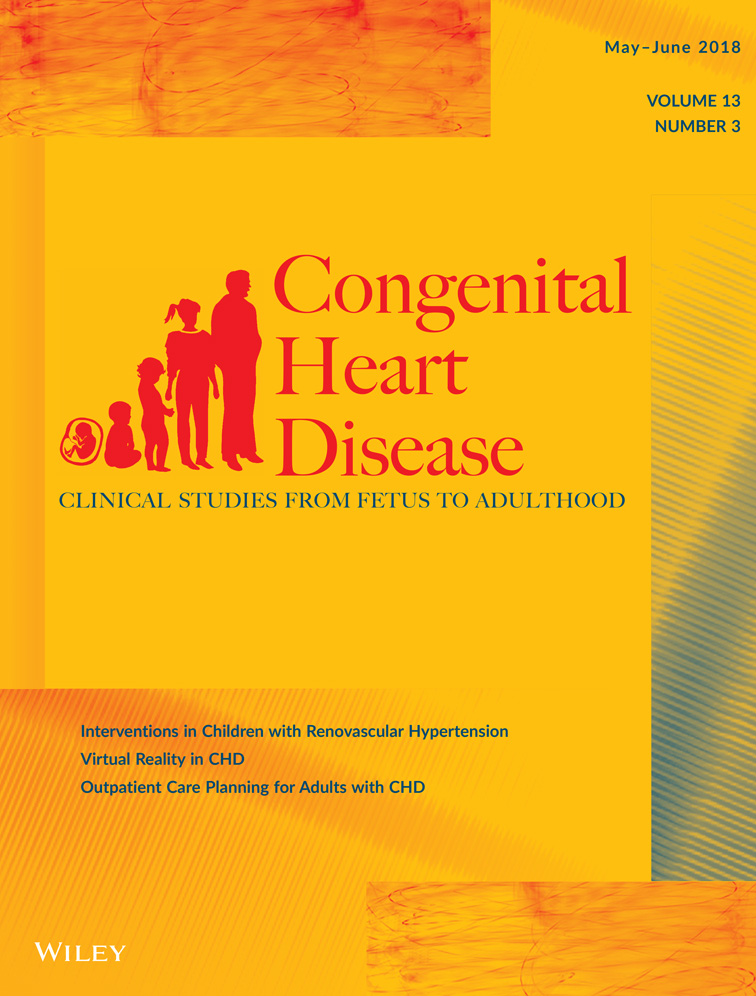Preoperative echocardiographic measures in interrupted aortic arch: Which ones best predict surgical approach and outcome?
Abstract
Objective
It is unclear whether neonates with interrupted aortic arch (IAA) and a smaller left ventricular outflow tract may have improved outcomes with a Yasui operation (ventricular outflow bypass procedure) over a primary complete repair. This study sought to identify preoperative echocardiographic parameters to differentiate which neonates may have improved outcomes with a primary vs Yasui operation.
Design
Patient demographics, cardiac surgery type, complications, need for reoperation and/or interventional catheterization, and date of last follow-up were collected on neonates who underwent a biventricular repair for IAA from 2003 to 2014. Preoperative echocardiograms were analyzed for: IAA type, valve annulus size, aortic valve morphology, ventricular size and aortic arch anatomy.
Results
Seventy-seven neonates underwent IAA repair between 2003 and 2013. 60 neonates had a primary repair and 17 a Yasui operation. Neonates that underwent a Yasui operation had significantly smaller mitral and aortic valves with aortic arch hypoplasia. Within the primary repair group, a decreasing aortic root z-score on univariate analysis increased the odds of reoperation by twofold [OR = 1.98, 95% CI: (1.15-3.42), P = .014]. A significant interaction between repair type and aortic root z-score was identified on multivariable analysis (P = .039), for neonates with aortic root z-scores less than −2.5, the probability of reoperation during the follow up time period [mean 4.5 years (3.3 months-10 year)] was significantly higher in the primary repair group compared to the Yasui group (64.3% vs 37.5%).
Conclusions
Neonates with IAA and an aortic root z-score less than −2.5 have lower odds of subsequent reoperations with a Yasui operation compared to a primary repair over the follow up period. These findings suggest a Yasui operation should be considered if the preoperative aortic root z-score is less than −2.5. Careful evaluation of these morphologic predictors on preoperative echocardiograms can be helpful in surgical planning in neonates with IAA.
CONFLICT OF INTEREST
The authors did not receive any financial support for the study and declare that they have no conflict of interest.




